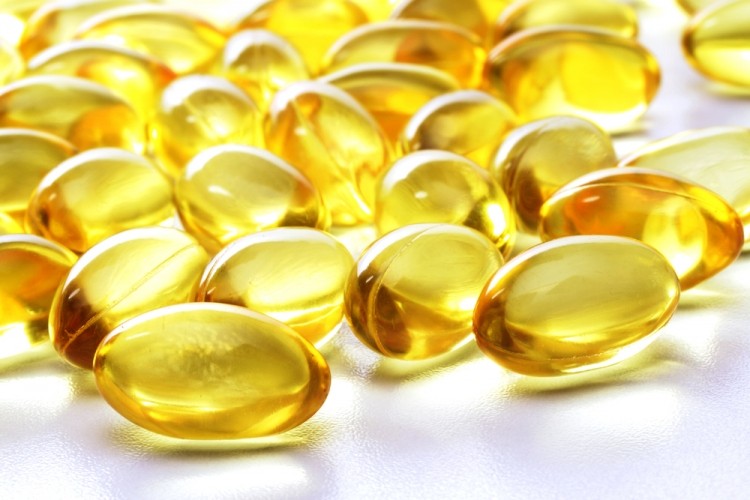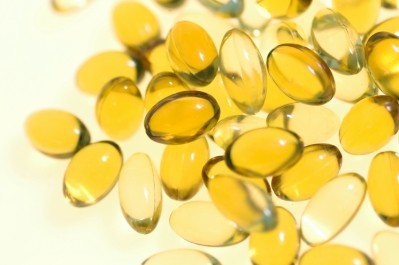Millions with MetS may benefit from improved vitamin E testing

The new randomised trial, published in the American Journal of Clinical Nutrition, looked at the effect of different types of vitamin E supplementation (supplementation co-ingested with different types of milk) in people with and without metabolic syndrome (MetS).
Led by Professor Maret Traber from the Linus Pauling Institute at Oregon State University, USA, the team also used a variety of existing and potential new screening methods to analyse changes in vitamin E status during the crossover trial during which particiapants co-ingested 15 mg of vitamin E ‘labelled’ with deuterium (hexadeuterium-labeled RRR-alpha-tocopherol, or d6-alpha-T) with either non-fat, reduced-fat, whole, or soy milk.
"The research showed that people with metabolic syndrome need about 30-50 percent more vitamin E than those who are generally healthy," said Traber. "In previous work we showed that people with metabolic syndrome had lower bioavailability of vitamin E. Our current work uses a novel approach to measure how much vitamin E the body needs.”
“This study clearly demonstrates that people with metabolic syndrome need a higher intake of this vitamin."
The Linus Pauling research – backed by funding from the National Institutes of Health, the National Dairy Council and DSM Nutrition – also reported that advanced research laboratory tests, which are not available to the general public, showed people with metabolic syndrome retained 30-50% more vitamin E than healthy people - showing that they needed it.
When the body doesn't need vitamin E, the excess is excreted, the authors noted.
However, in the group with metabolic syndrome, even as their tissues were taking up and retaining the needed vitamin E, their blood levels by conventional measurement appeared about the same as those of a normal, healthy person, Traber and her colleagues noted.
"We've discovered that vitamin E levels often look normal in the blood, because this micronutrient is attracted to high cholesterol and fat," she said. "So vitamin E can stay at higher levels in the circulatory system and give the illusion of adequate levels, even as tissues are deficient.
As such, the US-based team noted that the conventional tests to measure vitamin E levels in the blood may have limited accuracy compared to tests made in research laboratories, to the point that conventional tests may actually be masking underlying problems.
Vitamin E breakdown
There are eight forms of vitamin E: Four tocopherols (alpha, beta, gamma, delta) and four tocotrienols (alpha, beta, gamma, delta). Alpha-tocopherol (alpha-Toc) is the main source found in supplements and in the European diet, while gamma-tocopherol (gamma-Toc) is the most common form in the American diet.
"This basically means that conventional vitamin E blood tests as they are now being done are useless,” said Traber.
Study details
The authors recruited 20 participants in to the randomised, double-blinded, crossover trial (10 healthy plus 10 with MetS) four 72-h interventions. By labelling vitamin E with deuterium, a stable isotope of hydrogen, scientists were able to measure the amount of the micronutrient that was eliminated by the body, compared to the intake.
“During each intervention, we measured alpha-CEHC and alpha-CMBHC excretions in three 8-hour urine collections (0–24 h) and plasma alpha-tocopherol, alpha-CEHC, and alpha-CMBHC concentrations at various times up to 72 hours,” said the team.
They found that during the first 24 hours, participants with MetS excreted 41% less alpha-CEHC than healthy adults, 63% less hexadeuterium-labeled (d6)-α-CEHC, and 58% less d6-alpha-CMBHC and had 52% lower plasma d6-alpha-CEHC areas under the concentration.
They concluded that urinary measures of vitamin E (alpha-tocopherol) catabolites alpha-carboxyethyl hydroxychromanol (alpha-CEHC) and alpha-carboxymethylbutyl hydroxychromanol (alpha-CMBHC) are useful biomarkers to assess vitamin E status – especially in populations with metabolic syndrome.
Source: American Journal of Clinical Nutrition
Published online ahead of print, doi: 10.3945/ajcn.116.138495
“Metabolic syndrome increases dietary α-tocopherol requirements as assessed using urinary and plasma vitamin E catabolites: a double-blind, crossover clinical trial”
Authors: Maret Traber, et al















